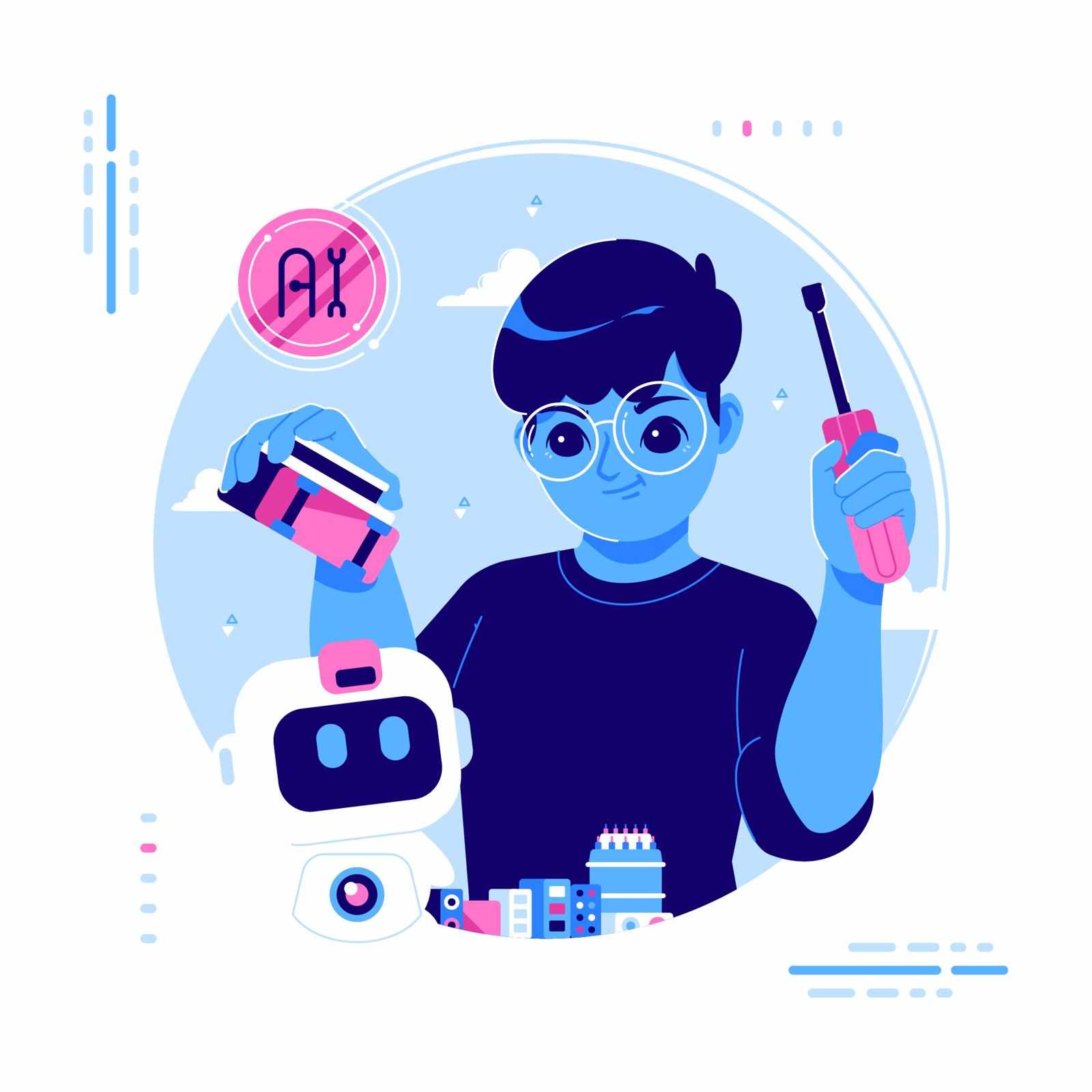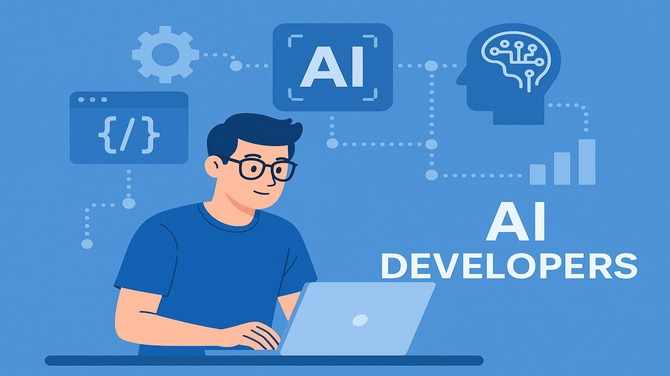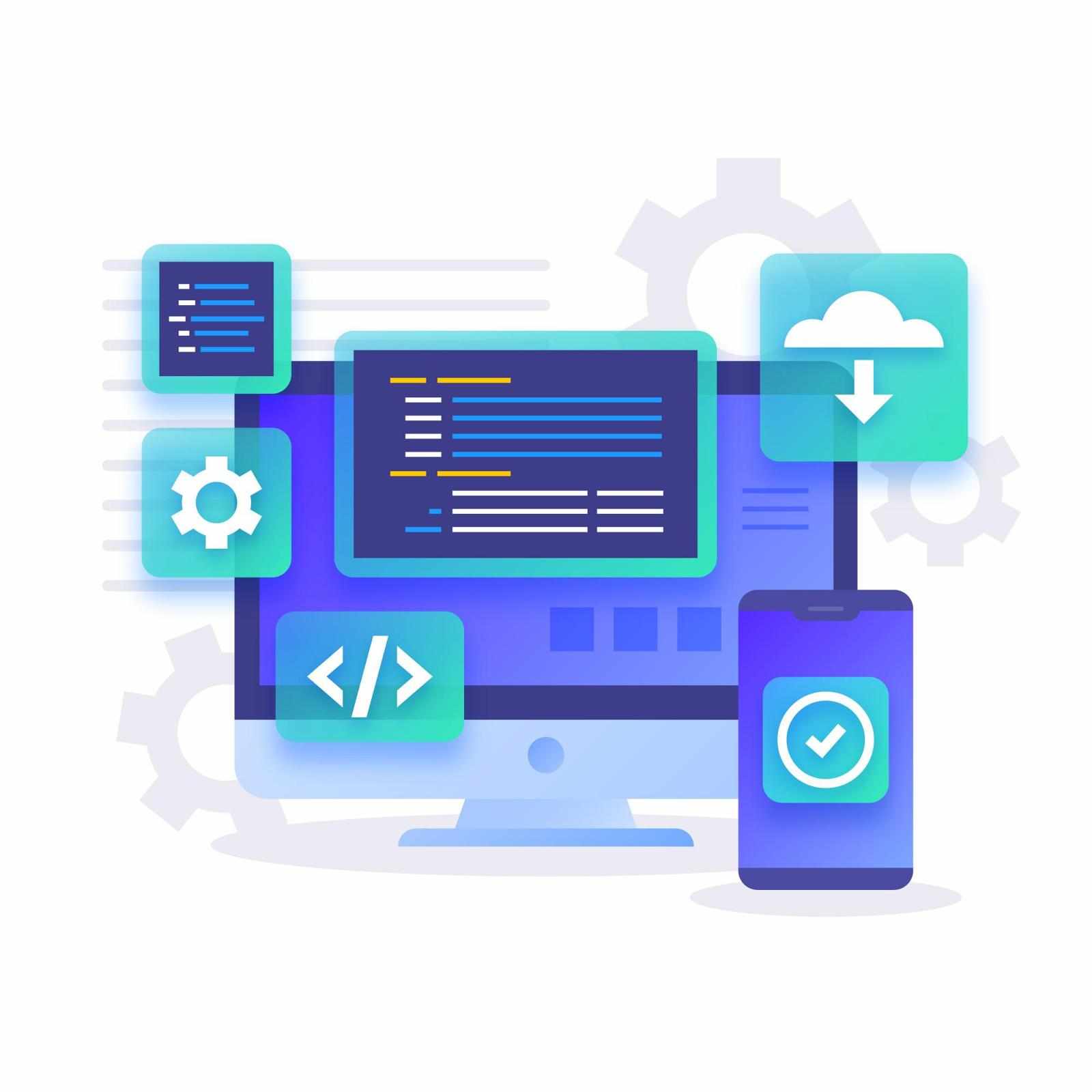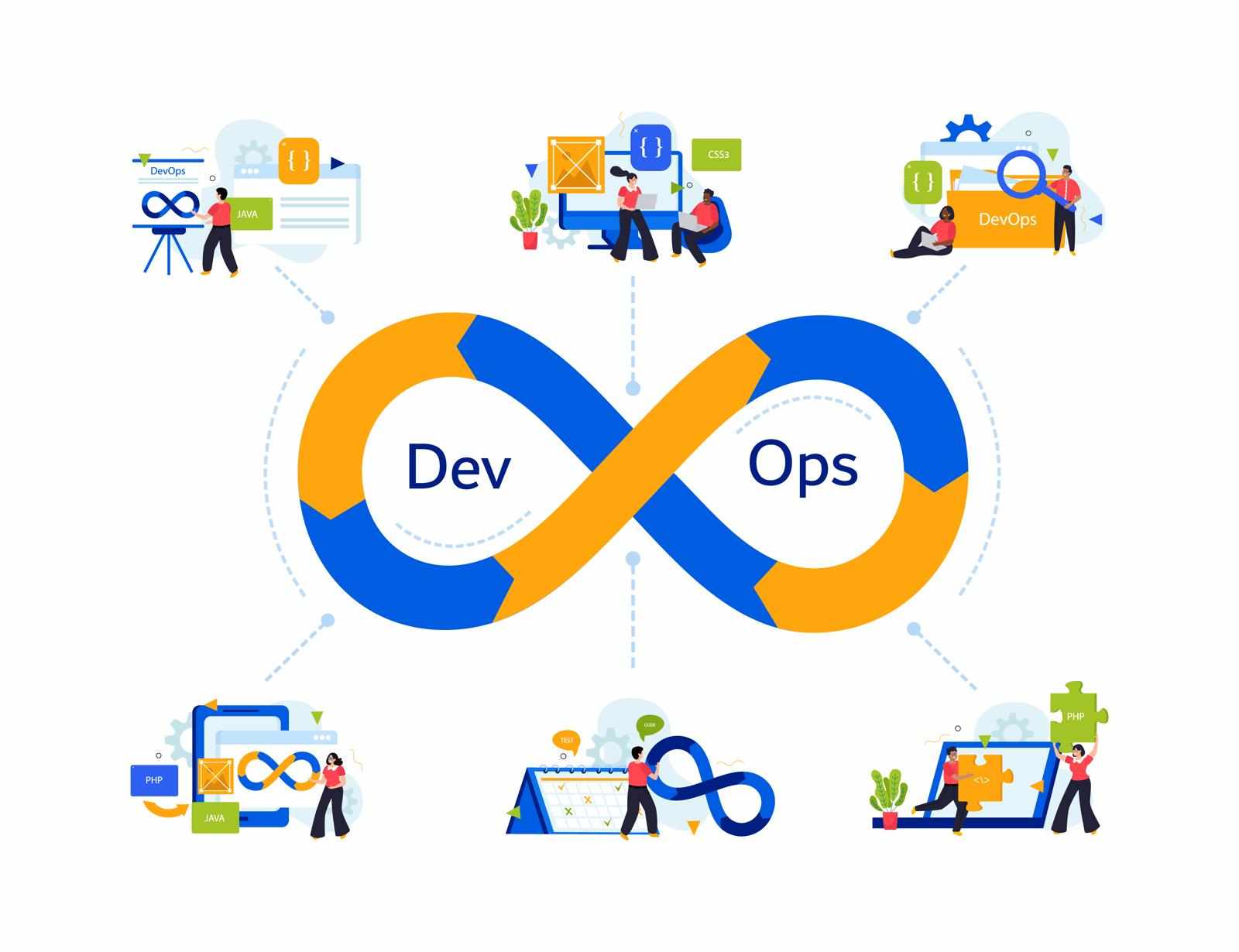
Artificial intelligence has reached a fascinating crossroads. While generative AI amazes us by creating stunning images and writing compelling text, a new player is emerging that promises something even more revolutionary. Agentic AI doesn't just create content—it thinks, plans, and acts independently. But what exactly separates these two approaches, and can agentic AI truly think for itself?
The distinction between agentic AI vs generative AI isn't just technical jargon. It represents a fundamental shift in how machines interact with our world. Where generative AI responds to prompts, agentic AI takes initiative. This difference could reshape every industry from healthcare to finance.
Understanding the Core Differences Between AI Approaches
Generative AI has captured public imagination with its ability to create human-like content. While traditional AI offered users an exciting new way to recognize patterns and analyze data, gen AI can create new patterns and content like text, images, video, audio or software code. These systems excel at pattern recognition and content creation based on vast training datasets.
However, generative AI remains fundamentally reactive. It waits for human prompts and responds accordingly. Even the most sophisticated language models like GPT-4 or Claude need specific instructions to produce results. They're incredibly powerful tools, but they don't set their own goals or decide what to work on next.
Agentic AI: The Next Evolution in Autonomous Intelligence
Unlike generative AI LLMs, agentic AI can take initiative, set goals, and learn from its experiences. It is proactive, able to adjust its actions over time, and can handle more complex tasks that require ongoing problem-solving and decision-making. This represents a significant leap from reactive to proactive artificial intelligence.
According to Microsoft, agentic AI is "an autonomous AI system that plans, reasons and acts to complete tasks with minimal human oversight". This definition highlights the key difference: autonomy. While generative AI creates content on demand, agentic AI operates independently to achieve objectives.
How Autonomous Decision-Making Changes Everything
The ability to make independent decisions transforms AI from a sophisticated tool into something closer to a digital colleague. Autonomy: The ability to initiate and complete tasks without continual oversight. Agentic AI operates with limited direct human supervision, allowing for greater flexibility and efficiency in executing tasks.
This autonomy extends beyond simple task completion. Agentic AI systems can analyze situations, weigh options, and choose the best course of action based on their understanding of goals and constraints. They don't just follow instructions—they interpret objectives and figure out how to achieve them.
Real-World Applications Show the Power Gap
Consider customer service as an example. A generative AI chatbot can answer questions and provide helpful responses when prompted. However, an agentic AI system can monitor customer interactions, identify patterns indicating dissatisfaction, and proactively reach out to resolve issues before customers even complain.
In business operations, the difference becomes even more striking. Agentic AI can go into another computer system and solve the problem, unlike generative AI that can generate step-by-step instructions for you to solve a problem yourself. This capability to directly interact with systems and execute solutions represents a major advancement.
The Technology Behind Thinking Machines
What enables agentic AI to "think" for itself? The answer lies in sophisticated reasoning capabilities and multi-step planning systems. Reasoning: Sophisticated decision-making based on context and trade-offs allows these systems to evaluate complex scenarios and choose appropriate responses.
Unlike generative AI, which primarily relies on pattern matching from training data, agentic AI incorporates dynamic learning and adaptation. Adaptive behavior helps the system learn from experience and adjust strategies based on environmental feedback. This learning loop enables continuous improvement without human intervention.
Multi-Agent Collaboration Amplifies Intelligence
Modern agentic AI systems often work in teams, with different agents handling specialized tasks while collaborating toward common goals. This distributed intelligence approach mirrors how human organizations operate, but with the speed and consistency of digital systems.
The collaboration between agents creates emergent behaviors that exceed the sum of individual capabilities. One agent might handle data analysis while another manages communication, and a third executes actions. Together, they create solutions neither could achieve alone.
Market Adoption Reveals Growing Confidence
The business world is taking notice of these differences between agentic AI vs generative AI. As of early 2025, 71% of organizations report regular use of generative AI in at least one business function, showing widespread adoption of content-generation technology.
However, the future points toward agentic systems. According to a recent Deloitte report, 25 percent of enterprises currently using generative AI will launch agentic AI pilots in 2025, with adoption doubling to 50 percent by 2027. This projection indicates growing recognition of agentic AI's superior capabilities for business automation.
Enterprise Investment Follows Performance
Companies investing in agentic AI report different outcomes than those using only generative systems. While generative AI improves content creation and customer communication, agentic AI transforms entire business processes. The return on investment becomes more substantial when AI systems can operate independently rather than requiring constant human oversight.
Early adopters gain competitive advantages through improved efficiency and reduced operational costs. These systems work continuously without breaks, sick days, or vacation time, providing consistent service levels that human teams struggle to match.
Limitations and Realistic Expectations
Despite impressive capabilities, current agentic AI systems aren't truly "thinking" in the human sense. They operate through sophisticated programming and machine learning algorithms rather than consciousness or genuine understanding. 2025's agents will be fully autonomous AI programs that can scope out a project and complete it with all the necessary tools they need and with no help from human partners, but this autonomy remains algorithmic rather than conscious.
The "thinking" we observe is actually advanced pattern recognition combined with decision trees and optimization algorithms. These systems excel at processing information and selecting optimal responses, but they lack the self-awareness and emotional intelligence that characterize human thought.
Safety and Control Remain Critical Concerns
As agentic AI systems become more autonomous, ensuring proper oversight becomes increasingly important. Unlike generative AI, which produces content for human review, agentic systems can take direct actions in the real world. This capability requires robust safety mechanisms and clear operational boundaries.
Organizations implementing agentic AI must balance autonomy with control, ensuring these systems operate within acceptable parameters while maintaining their decision-making advantages.
The Future of Human-AI Collaboration
Looking ahead, the relationship between humans and AI will likely evolve beyond simple tool usage. With their supercharged reasoning and execution capabilities, agentic AI systems promise to transform many aspects of human-machine collaboration. Rather than replacing human workers, these systems will likely augment human capabilities in unprecedented ways.
Instead of replacing humans, AI agents are increasingly seen as teammates—enhancing creativity, execution, and problem-solving across industries. This collaborative approach leverages the strengths of both human creativity and AI efficiency.
Preparing for the Autonomous Future
The transition from generative to agentic AI represents more than technological advancement—it's a fundamental shift in how we work with artificial intelligence. Organizations need to prepare for systems that don't just respond to commands but actively contribute to problem-solving and decision-making processes.
Success in this new environment requires understanding the capabilities and limitations of both generative and agentic systems. While generative AI excels at creative content production, agentic AI shines in autonomous task execution and complex problem-solving. The most effective approach often combines both technologies strategically.
The question isn't whether agentic AI can truly think for itself, but rather how we can best harness its autonomous capabilities while maintaining appropriate human oversight. As these systems continue evolving, the distinction between agentic AI vs generative AI will become increasingly important for businesses and individuals alike.
The future belongs to those who understand these differences and can effectively integrate both approaches into their work and decision-making processes.




















Write a comment ...